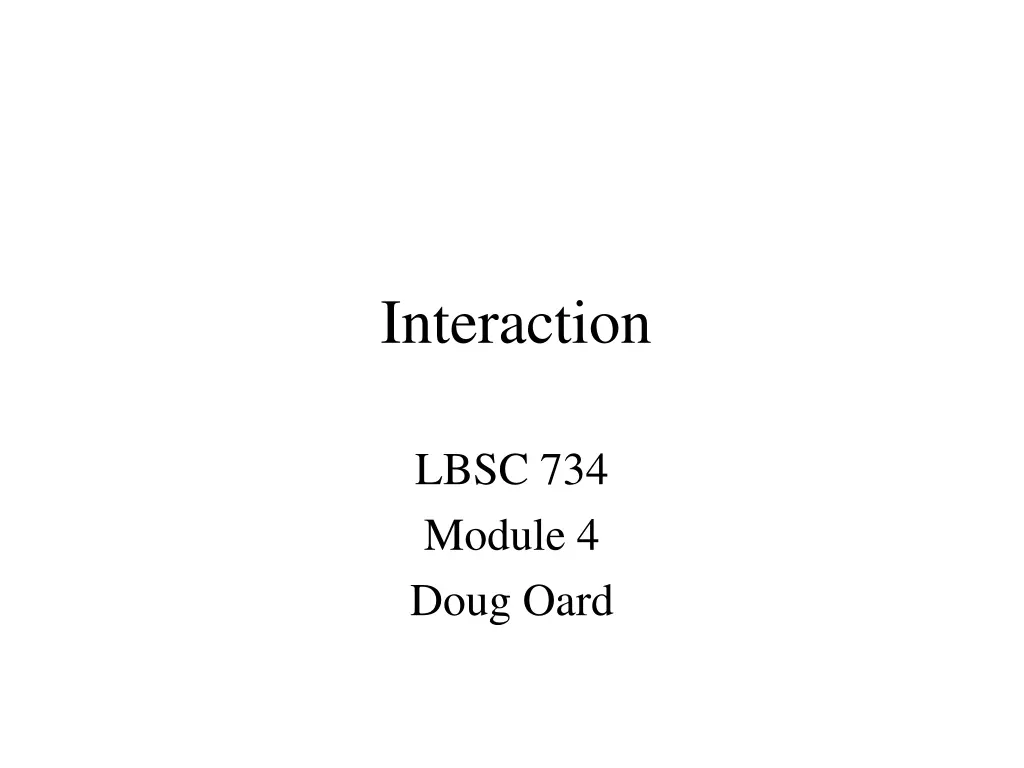
Effective Information Retrieval Techniques
Explore various aspects of information retrieval, including query formulation, selection tasks, and extraction-based summarization. Learn about indicative versus informative abstracts, as well as the process of identifying and summarizing relevant information efficiently.
Download Presentation

Please find below an Image/Link to download the presentation.
The content on the website is provided AS IS for your information and personal use only. It may not be sold, licensed, or shared on other websites without obtaining consent from the author. If you encounter any issues during the download, it is possible that the publisher has removed the file from their server.
You are allowed to download the files provided on this website for personal or commercial use, subject to the condition that they are used lawfully. All files are the property of their respective owners.
The content on the website is provided AS IS for your information and personal use only. It may not be sold, licensed, or shared on other websites without obtaining consent from the author.
E N D
Presentation Transcript
Interaction LBSC 734 Module 4 Doug Oard
Agenda Where interaction fits Query formulation Selection part 1: Snippets Selection part 2: Result sets Examination
Web Search Engine Snippets: KeyWord In Context (KWIC) Query: University of Maryland College Park
Indicative vs. Informative Indicative abstracts support selection They describe the contents of a document Informative abstracts support understanding They summarize the contents of a document Applies to any information presentation Presented for indicative or informative purposes
Selection/Examination Tasks Indicative tasks Recognizing what you are looking for Determining that no answer exists in a source Probing to refine mental models of system operation Informative tasks Vocabulary acquisition Concept learning Information use
Extraction-Based Summarization Robust technique for making disfluent summaries Four broad types: Query-biased vs. generic Term-oriented vs. sentence-oriented Overall Interface Condition Preferences Exact Answer 3.33% Document 23.33% Sentence 20.00% Combine evidence for selection: Salience: similarity to the query Specificity: IDF or chi-squared, Emphasis: title, first sentence, Paragraph 53.33% Jimmy Lin, et al.. INTERACT 2003.
Agenda Where interaction fits Query formulation Selection part 1: Snippets Selection part 2: Result sets Examination
